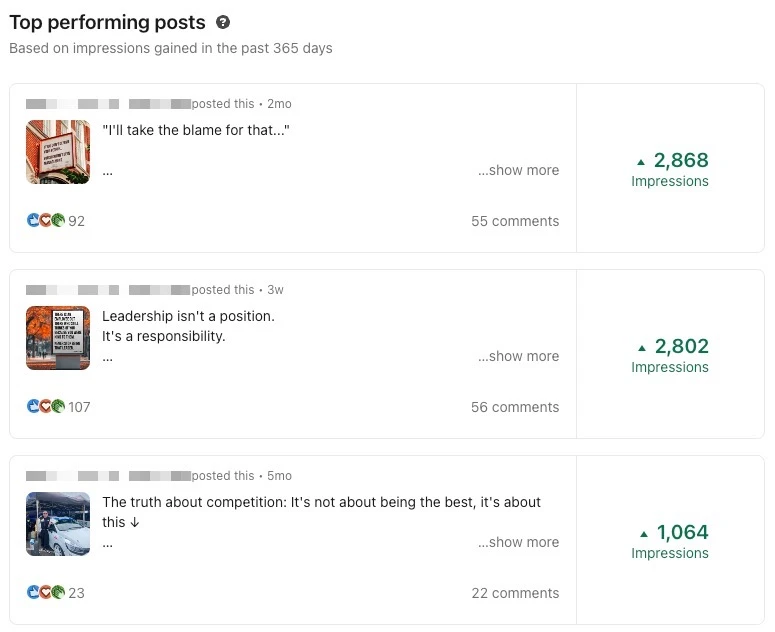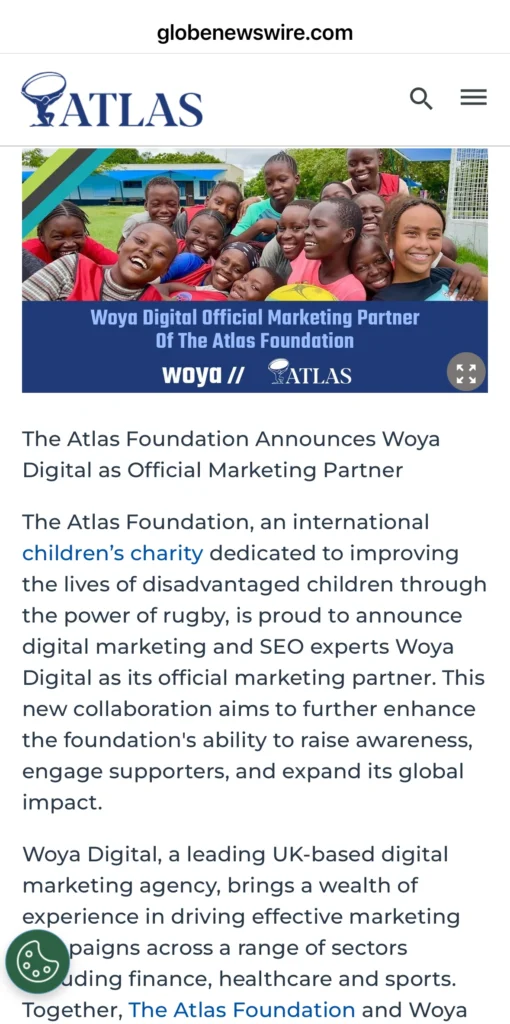The UK is a global financial hub with London at the epicentre.
While this is excellent news for professionals who are passionate about all things finance, it also poses some pretty serious competition for businesses in the financial sector.
There are countless bookkeepers, accountants, financial advisors, and independent banks up and running, making it challenging for new or smaller businesses to stand out. Add to this the current demands for digital transformation and evolving customer expectations, and you’ve got a lot of hurdles to overcome.
The answer to succeeding in such a competitive industry? Lead generation marketing.
In this article, we’re going to dive into what exactly lead generation marketing is, why marketing for the finance sector is so crucial, and the best strategies for financial institutions to employ.
What Is Lead Generation Marketing?
Lead generation is the opposite of waiting for your target audience to come to you. Instead, you take action by identifying and engaging potential customers (your leads) through a series of marketing strategies designed to boost interest in your business.
In the finance sector, there are a few unique aspects of lead generation that it pays to be aware of before you implement a strategy. These include:
- High-value clients: Rather than casting a wide net and catching low-quality leads (those who are unlikely to convert or will spend less with your business), you need to focus on high-value clients. These are the customers who are likely to stick with your business for the long term and bring in a significant amount of revenue.
- Long decision-making cycles: In the finance sector, the time between the initial engagement with your business and making a sale can typically be long. Clients are careful with choosing who should handle their finances and are likely to check reviews, shop around, and need multiple interactions before possibly converting.
- Strict regulations: Marketing for the finance sector involves plenty of laws and regulations. For example, it’s vital you don’t mislead consumers, are clear about any relevant interest rates, and include representative APR examples.
It’s also important to consider the differences between business-to-business (B2B) and business-to-customer (B2C) lead generation marketing.
B2B marketing tends to focus on building relationships with clients who already know what they need. The decision-making cycle can be longer with a demand for multi-faceted lead nurturing. In B2C marketing, the decision-making process should be made as simple as possible, with a focus on quicker transactions and ease of use.
B2B marketing tends to be geared towards clear features of your financial services or products, and won’t shy away from using a dash of industry jargon. You’re speaking to an audience who is (usually) already educated about what you’re offering.
B2C marketing is more relaxed and might focus on value and emotions, putting the jargon aside for more accessible messaging.
It’s vital that you know whether you’ll be implementing B2B or B2C lead generation marketing before you kickstart your campaign.
Why Lead Generation Is Crucial For Financial Institutions
Lead generation marketing for the finance sector isn’t an easy business, so why bother? Let’s take a look at exactly what this strategy brings to the table, and why it’s always worth your time.
Customer Acquisition
With over 80,000 financial businesses in the UK vying for a share of the market, focusing on customer acquisition is crucial.
Lead generation marketing is a targeted strategy that begins by defining your niche. This helps you focus your time on quality prospects and, through clever research, gives you the strategies needed to win them over.
It helps you attract new customers by making sure you’re in front of the right people at the right time, too. In business, that sort of serendipity is invaluable.
Building Trust and Credibility
In an industry where you’re often handling client money or advising on how to acquire, save, and grow their funds, trust is crucial. Lead generation marketing allows you to build relationships with your potential clients and establish credibility.
This strategy emphasises nurturing through consistency and transparency, allowing you to showcase your expertise and address questions reliably. By doing so, you help prospective clients form a clear understanding of your business and why they can confidently choose your financial services.
Regulatory Compliance
We’ve already touched on the importance of following regulations when carrying out marketing for the finance sector, but it’s worth going into a little more detail before we move on.
Regulatory compliance isn’t optional. If you don’t follow UK advertising standards then your marketing is likely to be removed and you could face fines and penalties.
This isn’t an area that you can be a little cheeky with, either. The rules are there in black and white, and there’s no wriggle room allowed. Some of the regulations outlined by the Advertising Standards Authority include:
- Being clear about what your financial product or service is, and not taking advantage of an audience who might not have a strong financial knowledge.
- Offering free material alongside short advertisements that further explain the deal or contract on offer.
- Including the basis used to calculate any interest.
If you’re worried about complying with UK regulations, your best bet is to work with a team already experienced in compliant lead generation marketing, like our team at Woya.
High-Value Relationships
Lead generation focuses on quality over quantity – always.
It does this by implementing strategies designed to target long decision-making cycles and focus on serious leads. Lead generation marketing pinpoints your target audience, helps you to understand them and emphasises the importance of targeted campaigns to show off the value that your business brings to clients (both B2B and B2C).
A pretty crucial aspect of lead generation is the use of data. From social media metrics to website analytics, you’ll use data to direct future marketing campaigns and streamline your efforts for an overall boost to your ROI.
Key Lead Generation Strategies for the Finance Sector
Around half of professional marketers consider lead generation to be a top business priority. Our hot take on the topic? We’re surprised it’s not more than 50%.
At its core, lead generation helps you identify and convert the clients who will generate your business’ revenue. That makes it extremely important, to say the least. So, how can you get started?
To gain more insight into what lead generation marketing for the finance sector involves, we’ve taken a look at some of the key strategies. These are techniques used and trusted by our team, giving them the Woya seal of approval.
Content Marketing
Kick off your lead generation marketing strategy with a focus on content marketing. Informative and authoritative content can attract new leads and help them move along your marketing funnel.
From blog posts to podcasts, content is a fantastic way to show off your industry knowledge and establish your business as a thought leader, building trust that moves beyond the features of your products or services.
There are tons of different forms of content that you can create including: White papers (particularly for B2B marketing), case studies, and financial webinars.
We’d also recommend incorporating testimonials into your content marketing strategy. With over 80% of UK consumers trusting reviews, this is a smart way to boost the credibility of your marketing messaging.
Search Engine Optimisation (SEO)
SEO is a lead generation method that involves organically placing yourself in front of your target audience. Unlike traditional advertising, this isn’t invasive – it simply helps leads already looking for a business like yours to find you.
SEO helps you rank for keywords and phrases that your target audience is searching for in Google, and other search engines. For example, your keyword research might identify that ‘accountants for small businesses’ is a frequently searched term. Optimising your website to rank for it could bring more viable leads your way.
Pay-Per-Click (PPC) Advertising
PPC bypasses the lengthy process of SEO for an near-instant marketing method.
This method of lead generation marketing involves paying for a sponsored position in search engines for relevant keywords. So, for example, rather than using SEO strategies to rank naturally for ‘accountants for small businesses’, you’d simply pay for a spot at the top of the SERPs (search engine results pages).
Email Marketing
Email marketing is a smart way to engage leads who are already in your marketing funnel. It’s particularly useful for creating personalised, segmented messaging that tackles different leads’ needs directly.
For example, if a lead gave you permission to email them when they took an action such as downloading your whitepaper on tax compliance, you’ll know they’re looking for information about tax. Emails that market your tax-related services or resources, therefore, are more likely to engage them.
We also recommend using software to add your leads’ names to your marketing. These personalised emails are more likely to be opened, making it a simple way to improve the efficacy of your lead generation marketing.
You must follow best practices for email marketing in the finance industry. This includes following data protection laws when storing client email addresses and other information.
Social Media Marketing
Social media is a useful tool for sharing your marketing messaging with both B2B and B2C clients.
For B2B clients your focus would be on relevant platforms such as LinkedIn and X (formerly Twitter). For B2C clients, you may focus more on platforms such as X (formerly Twitter), Instagram, and Facebook.
We particularly love social media marketing for building those all-important, long-term relationships with your leads. Consistent, high-value content sharing will create repeat impressions and encourage your leads to interact with your business as they gain trust in your financial services.
Another important aspect of your social marketing strategy is paid social ads. With an audience of billions of monthly users, targeted, well-formulated ads can help you reach new leads and keep those in your marketing funnel actively engaged.
Best Practices For Lead Generation Marketing
Not all finance sector marketing is created equally. To give your campaign the best chance of standing out from the crowd and turning leads into clients, let’s take a quick look at best practices:
- Compliance and regulations: Be vigilant that all of your lead generation activities meet industry standards and follow UK laws. This includes advertising standards and data protection standards.
- Tailor your marketing: By tailoring your content to individual clients (or segments) through personalisation, you create far more engaging campaigns.
- Continuous optimisation: Lead generation marketing isn’t designed to be stagnant. Use data and metrics to continuously refine your campaigns and keep your strategies focused on results.
Last of all, work with professionals. We might be biased, but we don’t think your lead generation marketing can get any greater advantage than the help of an experienced team. And…
That’s Where We Come In!
At Woya Digital, we’re experienced experts in lead generation marketing for the finance sector and have a stellar reputation to prove it. We offer services specially tailored to finance businesses and, with a niche knowledge of nurturing leads in this industry, we can take your marketing to the next level.
Want to learn more? Get in touch today to talk more about your lead generation.















